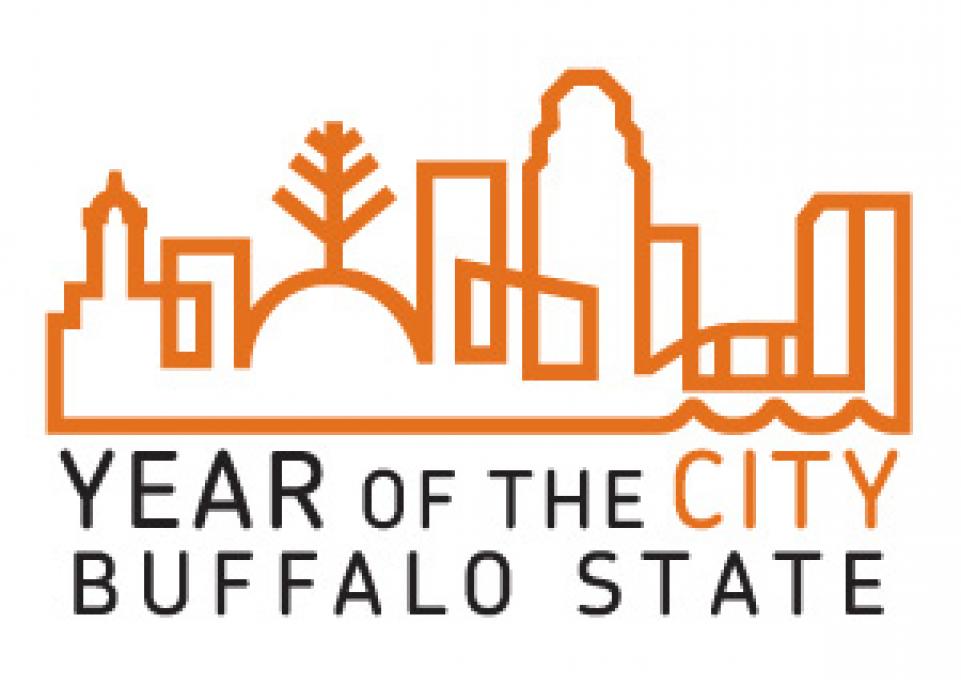
Thanks to years of successful collaboration between Buffalo State’s Center for Health and Social Research (CHSR) and many West Side community organizations, CHSR was successful in securing a $625,000 five-year Drug Free Communities grant for the West Side Youth Development Coalition. William Wieczorek, CHSR’s director, will co-chair the coalition with Lucy Candelario, executive director of West Side Community Services. Jonathan Lindner, health educator and research analyst with CHSR, will serve as coordinator of the coalition and grant.
On Monday, September 24, at 4:30 p.m., members of the coalition and local dignitaries will hold a kick-off celebration at West Side Community Services, 161 Vermont Street, Buffalo 14213. The date was selected to coincide with national Family Day, which encourages families to eat dinner together. United States Attorney William Hochul and Buffalo Deputy Commissioner of Police Charles Tomaszewski will join Erie County Legislator Timothy Hogues, Buffalo Common Council members David Rivera and David Franczyk, and other public figures along with college and community leaders to begin the five-year project.
“The Year of the City gives us the opportunity to talk about the many ways Buffalo State is involved in the city of Buffalo,” said Mark Severson, dean of the School of Natural and Social Sciences and chair of the Year of the City Planning Committee. “Our faculty and students give to, and learn from, the people, institutions, and natural resources here in Western New York.”
“I am very excited about receiving a DFC grant because of Buffalo State,” said Candelario. “But let us remember that this project is for the entire West Side community, not just for Buffalo State or West Side Community Services.”
The Drug Free Communities Program provides grants to community-based coalitions to build and strengthen public-private partnerships that work toward reducing alcohol and drug abuse by young people. The project, as envisioned by the 16-member coordinating council, will employ a variety of tactics to drive down such abuse.
“First, we will focus on preventable birth defects, which are caused mainly by fetal exposure to alcohol and drugs,” said Wieczorek. Through local schools and community groups, the coalition will work to develop and implement policies aimed at reducing substance abuse and creating a community that supports members when they make positive choices.
“The West Side has many challenges, including a sixty percent poverty rate for children under age 18,” said Wieczorek. “To address them, the coalition brings together key partners from twelve community sectors, including representatives from law enforcement, schools, businesses, health care, and civic organizations, as well as parents and youth. Together, we will implement environmental prevention approaches such as enhanced enforcement and pro-social norms to minimize youth substance abuse and optimize education, health, and the overall human potential for everyone on the West Side.”
Lindner explained that the coalition will use environmental approaches, which focus on communities rather than individuals and seek to change an environment that supports substance abuse. “We are especially pleased about this grant,” he said, “because very few large cities were able to compete successfully for these peer-reviewed grants. It’s harder to get the required sectors to cooperate in a large city than in a small town or rural area.”
“Our success is the result of many years of community engagement,” said Wieczorek. “It’s a wonderful way to celebrate Buffalo State’s Year of the City with our West Side neighbors.”
